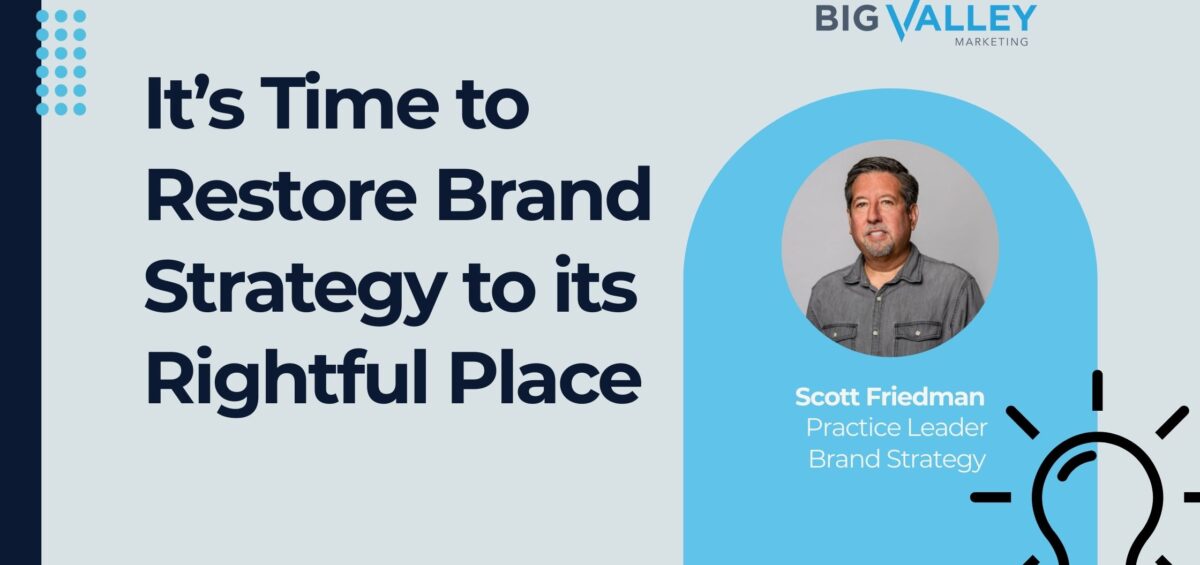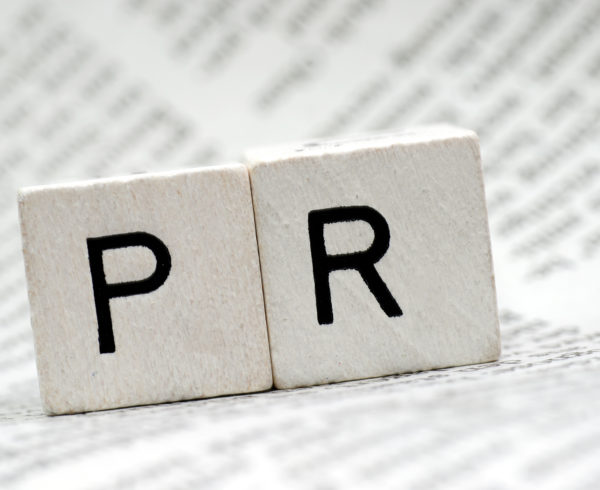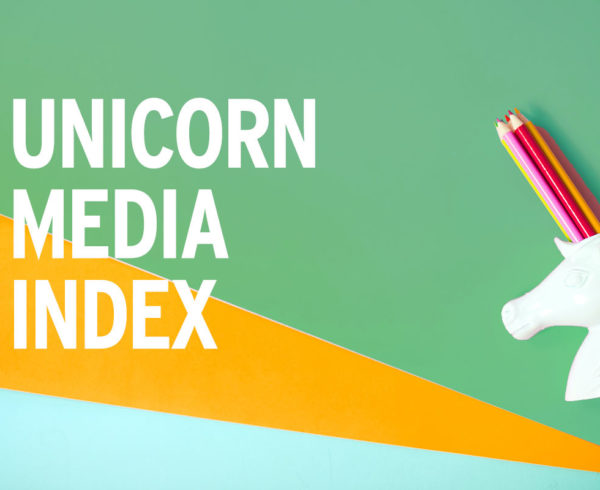In today’s hyper-competitive B2B technology landscape, it’s easy to see why brand strategy sometimes takes a back seat to demand generation or product innovation. It’s a mistake. The evidence is overwhelming: brand is not just a “nice to have”—it’s a business imperative, a strategic asset, and the foundation for sustainable growth, differentiation, and resilience.
B2B tech buyers face a dizzying array of challenges. Market segments are crowded, sales cycles are longer, and decision-making committees are larger and more risk-averse. In this environment, a strong brand does more than attract attention—it reduces perceived risk, builds trust, and creates powerful emotional connections that influence purchasing decisions, even when logic and data are at play.
Contrary to the old myth that B2B buyers are purely rational, trust, shared values, and a sense of familiarity play a huge role in vendor selection. A compelling brand story delivered consistently is the most powerful means to build those connections by helping the market know not just what the company provides, but what it stands for.
The ROI of Brand Strategy in B2B Tech
Branding had for years been perceived as more valuable for consumer companies, but many of the world’s most valuable brands—think Microsoft, Salesforce, IBM—are B2B powerhouses whose brand equity translates into measurable business advantages, including:
- Increased demand and market share
- Higher margins and pricing power
- Greater resilience in times of crisis or reputational challenge
- Stronger relationships with customers, partners, and employees
- Lower cost of entry into new markets or categories
For those companies, brand strategy is not just about identity—logos or taglines. It’s the sum of every experience, promise, and perception associated with the company. In a world where products and services are rapidly commoditized, brand is what sets you apart and creates lasting value.
The stakes are higher than ever. Technology cycles are accelerating, customer expectations are rising, and the pressure to prove marketing’s value is relentless. In this climate, short-term tactics alone won’t build the kind of brand that drives long-term competitive advantage and growth.
A well-defined brand strategy gives your organization a North Star—with clarity on brand promise, purpose, and positioning that guides every decision, aligns internal teams, inspires external audiences, and ensures every touchpoint reinforces your unique value.
Start to Restore Your Brand—Now
I’ve made the assertion that brand strategy is all about building long-term value and impact, but there are immediate changes and mindset shifts you can adopt to restore the focus on brand that will lead to sustainable returns:
- Make brand strategy the foundation—not an afterthought. Too often, brand is treated as a campaign or creative exercise, separate from business strategy. Instead, embed brand thinking into every facet of your organization. Use your brand strategy to guide customer experiences, product development and positioning, thought leadership, and even hiring. When brand is the lens through which decisions are made, it becomes a true driver of business value.
- Invest in building consistency through emotional connection—in a fragmented, omnichannel world, consistency is king. Ensure your brand identity, messaging, and values are reflected in every interaction—from your website and sales presentations to customer support and social media. It’s also vital to build that consistency on emotional brand connections, which have proven to be deeper and more meaningful for customers. Tell stories that humanize your brand, showcase your purpose and values, and demonstrate impact. Remember, even in B2B, buyers are people first.
- Measure what matters—and prove the value. Brand-building can feel intangible, but its impact is measurable. Track key indicators like brand awareness, preference, and reputation alongside traditional demand metrics. Use these insights to demonstrate how brand strategy drives pipeline growth, customer loyalty, and resilience in turbulent times. By making the business case for brand, you’ll keep it front and center in boardroom conversations.
Looking forward, the most successful B2B tech brands will be those that invest in their brand strategy and identity to sustain lasting connections with all stakeholders. In an era of uncertainty, your brand is your most valuable asset—a shield against volatility and a magnet for growth.
Brand strategy is not a quick fix or a one-time project. It’s an ongoing commitment that requires vision, patience, and persistence. The impact may not be immediate, but over time, a strong, well-managed brand will deliver compounding returns—helping your organization weather market shifts, attract the right customers, and unlock new opportunities for growth.
As you plan for the future, ask yourself: Is brand strategy at the heart of your business? If not, now is the time to make it a top priority and begin the journey toward long-term differentiation and value.











